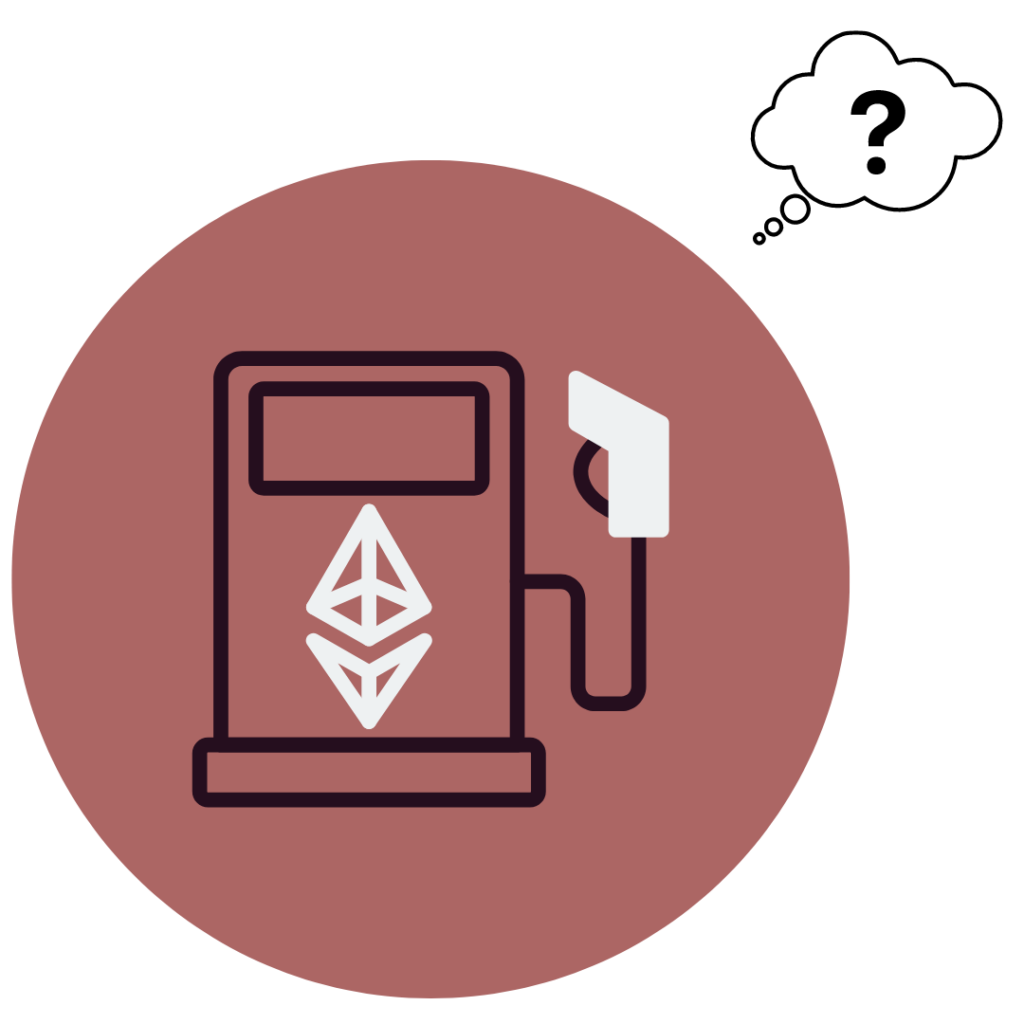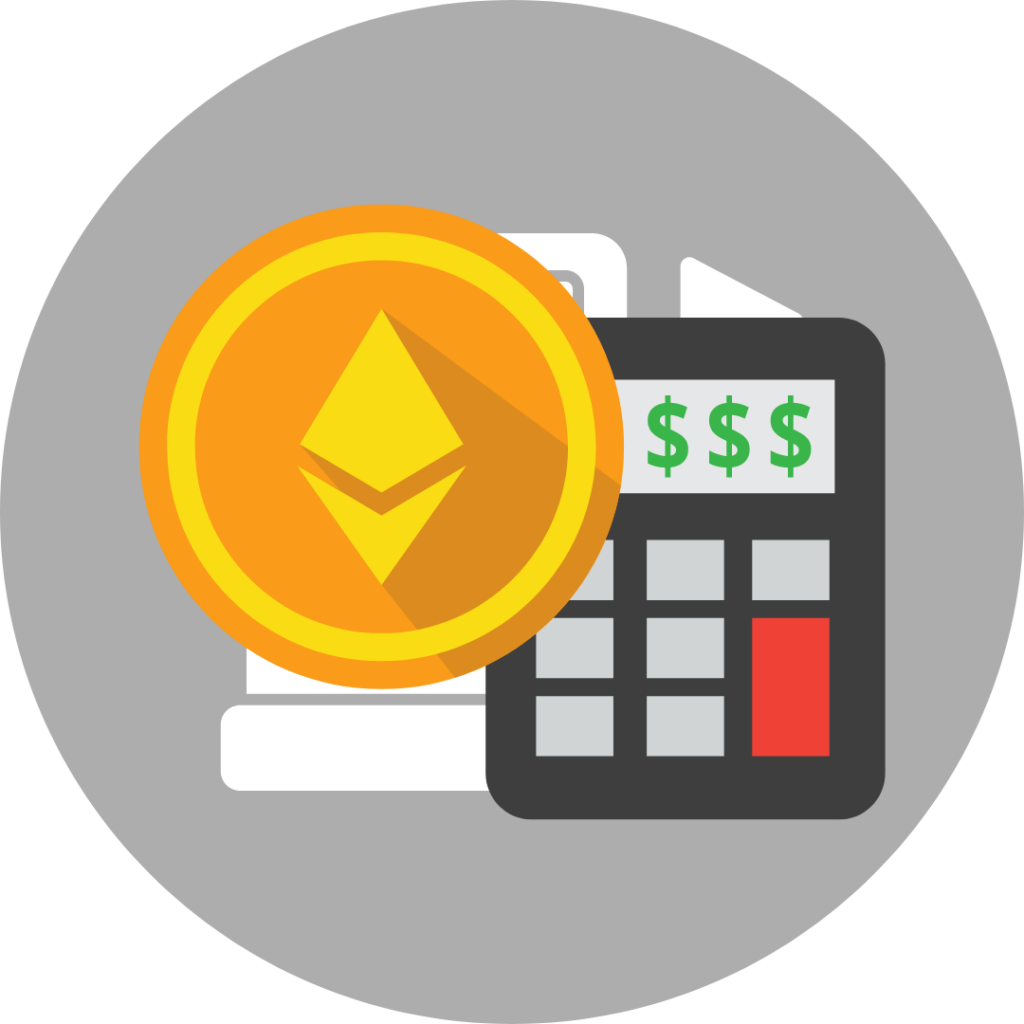Reduce Ethereum Gas Fees: 6 Proven Strategies
To reduce Ethereum gas fees, choose off-peak hours for transactions, batch similar transactions, use gas tokens and estimation tools, and explore Layer 2 solutions like Optimism.
Whether you’re an avid DeFi user, a DApp developer, or simply a casual Ethereum enthusiast, high gas fees are equally frustrating for us all. In this guide, we will address what purpose these gas fees even serve in the first place and how you can effectively reduce them.
What is Ethereum Gas Fees?

Ethereum gas fees are a crucial part of the Ethereum blockchain. It’s often perplexing to newcomers but fundamental to understanding how transactions and smart contracts function on this network.
In essence, gas fees are the costs associated with performing any action on the Ethereum blockchain.
You will encounter gas fees whether you’re sending ETH to a friend, swapping tokens on a decentralized exchange, or interacting with a smart contract. These fees are paid in Ether (ETH) to compensate the miners, now stakers after the Ethereum Merge, for validating and executing your transaction or smart contract.
Why are gas fees so vital? They serve a dual purpose: deterring spam and ensuring network security. By requiring users to pay a fee based on the computational resources their actions consume, Ethereum discourages malicious actors from overloading the network and maintains its reliability.
During periods of high network activity, fees can skyrocket, making it expensive to transact. The recent Shanghai upgrade aimed to address these concerns, but its impact has been modest, mainly benefiting layer 2 solutions.
This has been a source of frustration for users, prompting them to find more effective solutions to reduce Ethereum gas fees, which brings us to…
How to Reduce Ethereum Gas Fees?

High gas fees can make transactions and interactions with smart contracts costly, discouraging everyday users and small investors. By finding ways to lower these fees, you can make your Ethereum experience more affordable and accessible, ensuring that your crypto transactions, especially DeFi transactions, remain economically feasible.
The following are 6 proven tips and strategies (+1 bonus) to reduce Ethereum gas fees:
Choose the Right Time
Selecting the optimal time to engage with the Ethereum network is a savvy strategy for reducing Ethereum gas fees. Gas fees are typically lower during periods of lower network congestion.
In the case of Ethereum, network congestion tends to be during off-peak hours or on weekends. If your transaction isn’t time-sensitive, consider waiting for these periods.
You can use websites or tools like ETH Gas Station or GasNow to monitor real-time gas prices and select time slots when fees are lower.
Utilize Refunds and Discounts
Some platforms offer partial refunds or discounts on your Ethereum gas fee. For instance, Balancer refunds up to 90% of the Ethereum gas fee in their native token, BAL, for high-frequency traders. By strategically engaging with platforms that provide such perks, you can significantly offset your gas expenses, making your Ethereum interactions more cost-effective.
Batch Transactions
Efficiency plays a crucial role in reducing Ethereum gas fees, and one effective way to achieve this is by batching transactions.
Ethereum’s gas fees are not solely determined by the number of transactions but also by the computational complexity of each operation.
That is why instead of sending multiple small transactions individually, consider grouping them into a single transaction based on transaction types. Whether conducting token transfers or interacting with smart contracts, batching transactions helps optimize your gas usage and, consequently, reduces gas costs.
Consider Gas Token Refunds
Gas tokens on the Ethereum blockchain work by allowing users to prepay for gas fees at lower rates during low network congestion and use it when gas prices surge, potentially cutting transaction and smart contract costs. Users can also mint gas tokens by sending transactions that use more gas than needed, converting the excess into gas tokens.
Some users have used gas tokens like “GST2” to lock in gas prices at lower rates during periods of lower demand.
Disclaimer about EIP-1559’s Impact:
EIP-1559, implemented on the Ethereum network in August 2021, introduced significant changes to gas fee calculation. It introduced a base fee, which is burned, and a variable tip paid to miners.
This change has made gas tokenization less effective in some cases since gas tokens mainly prepay for the base fee, which is no longer directly refunded to users.
The impact of EIP-1559 on gas token economics means that the potential savings from gas tokens may be less predictable, and users should consider this when using gas tokens as a cost-saving strategy.
Use a Gas Fee Estimation Tool
Gas fee estimation tools help you determine the correct gas fee for your transactions, ensuring you neither overpay nor risk having your transactions stuck in the network queue by underpaying.
While wallets and DApps often offer built-in gas fee estimation tools, relying solely on them can be unreliable. Instead, consider utilizing specialized estimation tools like Gas Now or Etherscan’s Gas Tracker, especially when time sensitivity is crucial.
These tools provide gas fee estimates tailored to the complexity and urgency of your transactions and network congestion by analyzing current conditions.
Use Layer 2 Solutions
Leveraging Layer 2 solutions, like Optimistic Rollups (e.g., Optimism) and zk-Rollups (e.g., Loopring), is one of the most effective strategies to reduce Ethereum gas fees and improve transaction efficiency.
Layer 2 solutions create a secondary layer on top of the Ethereum blockchain, where transactions occur more swiftly and cost significantly less. These solutions group multiple transactions into a single batch, squeezing the computational work needed and, as a result, reducing gas fees.
It not only eases the burden of high gas costs but also enhances the scalability and sustainability of the Ethereum network as a whole.
Bonus Tip: Explore Alternatives
Ethereum is fantastic, but it’s not the only player in the game. Depending on your specific needs and preferences, you might find other blockchain platforms that offer lower gas fees and faster transaction speeds.
Platforms like Binance Smart Chain, Polygon, and Avalanche are gaining popularity for their efficiency and affordability. Here are some popular alternatives to Ethereum and what they offer:
Binance Smart Chain (BSC): Binance Smart Chain is known for its low transaction costs and high throughput. It’s a popular choice for traders and developers due to its compatibility with Ethereum, allowing for easy porting of projects.
Polygon (formerly Matic Network): Polygon is a Layer 2 solution for Ethereum that offers fast and inexpensive transactions. It’s particularly suitable for decentralized applications (DApps) and DeFi projects, as it provides scalability while staying connected to the Ethereum mainnet.
Avalanche: Avalanche is another blockchain that emphasizes speed and low fees. Its consensus mechanism, Avalanche consensus, enables rapid transaction confirmations and high throughput, making it appealing for many applications.
Solana: Solana is known for its high-performance capabilities, with incredibly low transaction fees. It’s often the ideal choice for decentralized applications that require fast and cost-effective transactions.
FAQ
Why is the Ethereum gas fee too high?
Increased network demand and congestion can cause Ethereum gas fees to skyrocket. When the Ethereum network sees surges in user activity, like high trading volumes, DeFi actions, or NFT releases, users compete for transaction processing, pushing gas fees higher as users are willing to offer more to have miners prioritize their transactions.
What time of day is the Ethereum gas fee the cheapest?
Ethereum gas fees are typically the cheapest from 9:00 p.m. to 11:00 p.m. PT when most of North America is asleep. Moreover, monitoring gas price data through tools like ETH Gas Station or GasNow can help you identify when gas fees are most affordable, allowing you to optimize your transactions and reduce costs.
Which blockchain has no gas fee?
No blockchain operates entirely without transaction fees, as they are necessary for network security and sustainability. However, some blockchains, like Binance Smart Chain (BSC), offer significantly lower transaction fees compared to Ethereum.
Can gas fees only be paid in Ethereum?
Yes, users typically pay gas fees on the Ethereum network in Ether (ETH), the native cryptocurrency of the Ethereum blockchain. While the Ethereum network supports the transfer of various tokens and assets, gas fees are primarily settled in ETH. This is a fundamental aspect of how Ethereum’s economic model operates.